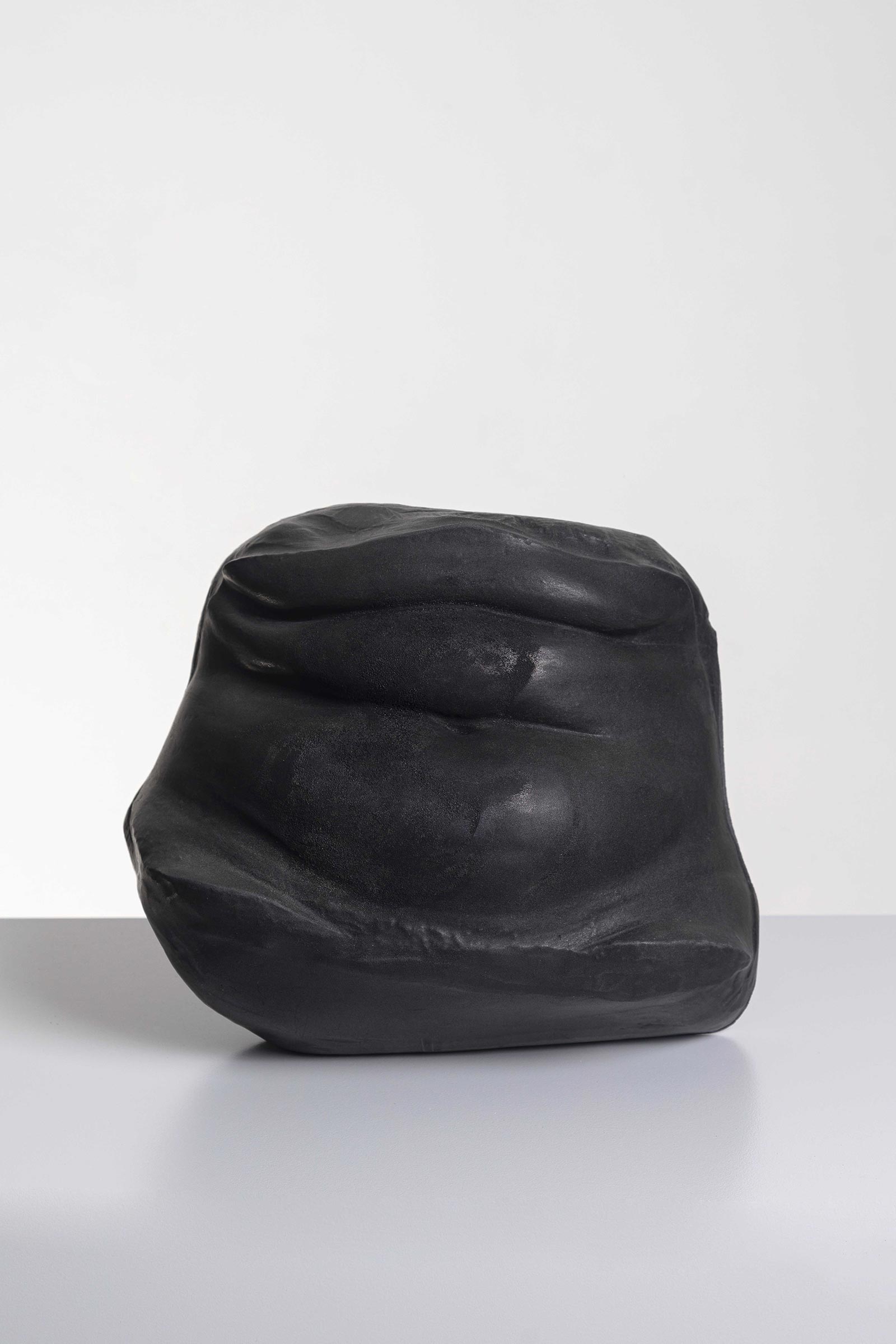
Alina Szapocznikow
Ventre coussin
Polyester resin, polyurethane foam (cast)
30 x 31 x 16 cm
1968
The Polish-French artist Alina Szapocznikow (1926-1973) was one of the greatest innovators in the territory of contemporary sculpture. Her biography is intrinsically linked to the history of postwar Europe. After having survived a Nazi concentration camp as a (Jewish) teenager, Szapocznikow studied art in Prague and, thanks to a stipend, also shortly in Paris. She moved back to Poland in the 1950s hoping for more artistic freedom after Stalin’s death, represented Poland at the Venice Biennale in 1962, but immigrated to France in 1963 to be able to work freely after the Soviet thaw turned out to be short-lived. During the 1950s and 1960s, Szapocznikow was radically rethinking the concept of sculpture, experimenting with new materials and using the body, including her own, as the basic forms for her sculptural objects, which was quite revolutionary at that time.
Fascinated by the strength and fragility of the human body, Szapocznikow used polyester, polyurethan, resin, gauze, even crumpled newspapers to create her sculptures that, thanks to these unusual materials, were able to convey the feelings of intimacy and affection. Szapocznikow also liked to produce objects in series that could be lived with in a daily life, such as lamps. Ventres (Bellies) is one of her more well known series, for which she made a cast from the belly of Arianne Raoul-Auval, the girlfriend of the French artist Roland Topor, with whom Szapocznikow had befriended in Paris. Made from the characteristic polyester resin and polyurethane foam, the work embodies Szapocznikow’s experimental spirit, artistic abilities and incorporation of daily life, which finally made her sculpture so contemporary. Having survived tuberculosis as a young woman, Szapocznikow was diagnosed with breast cancer in 1969, which was the cause of her untimely death.